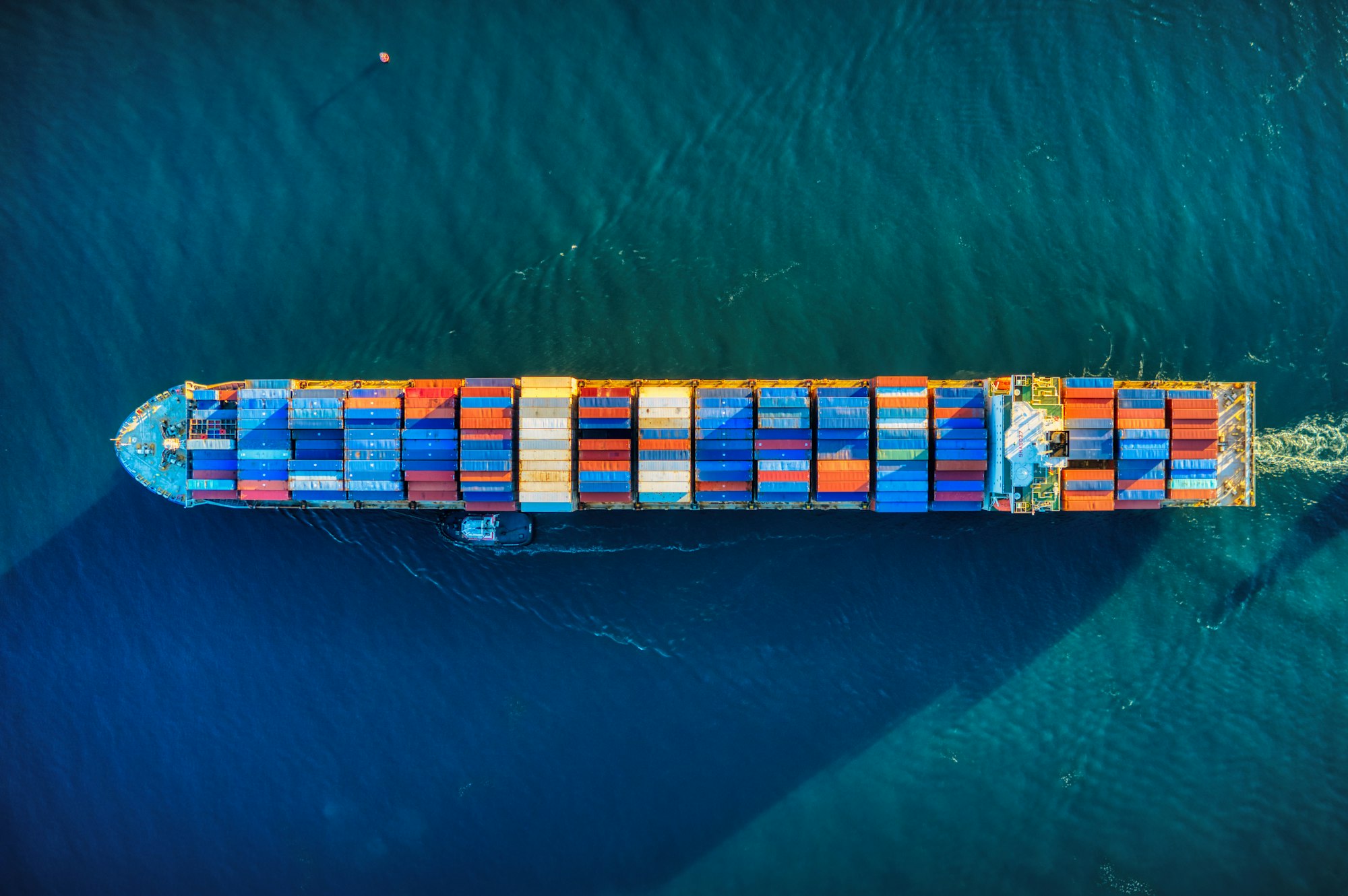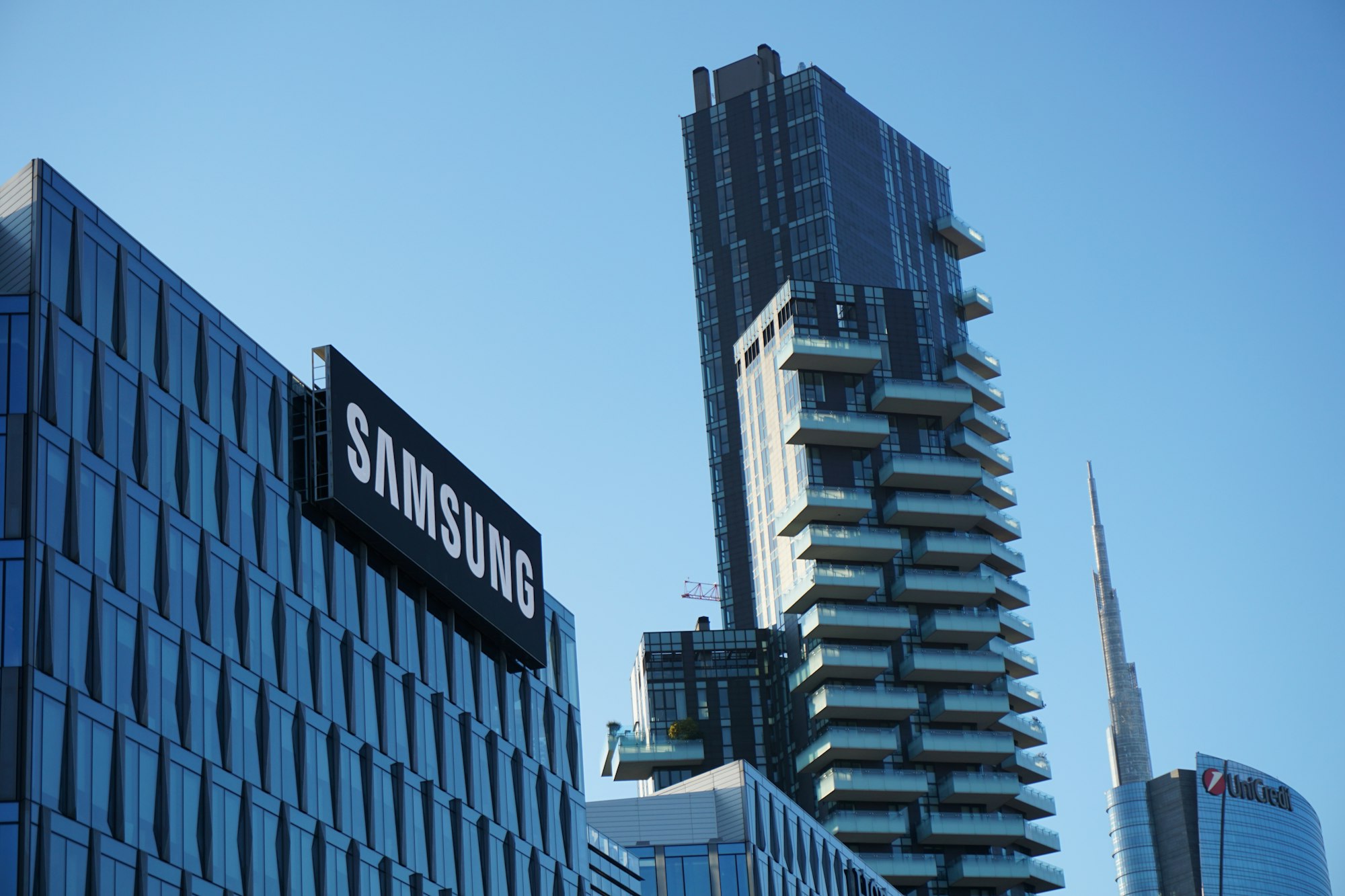Disruptions Are Easing After Two Years Of Congestion
After two years of port congestion and container shortages, logistical issues are slowly easing as Chinese exports decline as a result of softer demand from Western nations and weaker global economic outlook.
According to S&P Global data, container exports between Asia and the U.S. have drastically decreased, as have container freight rates, which at the height of the pandemic reached record highs.
- The latest Drewry composite World Container Index, a key benchmark for container prices, is $3,689 per 40-foot container
- The current index is still 160% higher than pre-pandemic rates of $1,420 even if it is much lower than the record-high costs of over $10,000 during the height of the pandemic
“We assume that the sharp drop in container shipments largely reflects US retailers stopping orders and reducing inventories due to the risk of an economic slowdown,” Nomura analyst Masaharu Hirokane in a note to clients last week
The Bullwhip Effect
Stockouts during the pandemic were devastating for retailers, in the U.S., the average of total stockouts of particular types of goods rose from around 14% in 2019 to over 35% in early May 2020. 37% of customers said they would simply shop elsewhere if they couldn't find what they were looking for. Retailers suffered as a result of the rise rather than profiting. This led retailers to overstock and created the bullwhip effect.
- With the bullwhip effect, a little action taken at one point in the value chain can lead to a bigger, more damaging reaction as it goes "upstream" in the value chain
- As a result, inventory levels increase further upstream in the supply chain.
In an effort to get rid of inventories, Target, Amazon, Walmart, and Kohl's started their holiday deals early this year. Large retailers are providing significant discounts, including J. Crew, Nike and Urban Outfitters.
“I hesitate to call it a blood bath, [...]. But it’s going to be ugly in terms of the amount of discounting and markdowns.” Urban Outfitters CEO Richard Hayne recently told analysts
- Customer behavior has radically shifted from the pandemic as there is little demand for new products
- Inflation, which is still soaring at a 40-year high, has made consumers more frugal with their spending and prioritizing necessities like gas and food
Consumer Prices Not Likely To Follow This Downward Trend
Freight container transportation prices are just one of several variables that affect product costs, along with labor and fuel.
“No company is eager to lower their prices, especially in an inflationary period where you have a lot of high labor costs, [...]. So they’re going to be trying not to do that as long as they can.” Michael Farlekas, CEO of the supply chain management platform E2open
In addition, the prices of many items on shelves likely reflect greater shipping costs because they were acquired at a time when those rates were higher.
- Long-term agreements with freight firms are also frequently signed by retailers, suppliers, and manufacturers. Despite the fact that prices are decreasing overall, they can be locked in at higher rates
Prices will decline, according to experts, but it will take time. Companies are nevertheless suffering as a result of inflation, particularly because of rising labor and petroleum prices. But the sharp drop in freight shipping costs will eventually cause prices to drop.
Disclaimer
Please note that this article does not constitute investment advice in any form. This article is not a research report and is not intended to serve as the basis for any investment decision. All investments involve risk and the past performance of a security or financial product does not guarantee future returns. Investors have to conduct their own research before conducting any transaction. There is always the risk of losing parts or all of your money when you invest in securities or other financial products.
Credits
Photo by Venti Views on Unsplash






